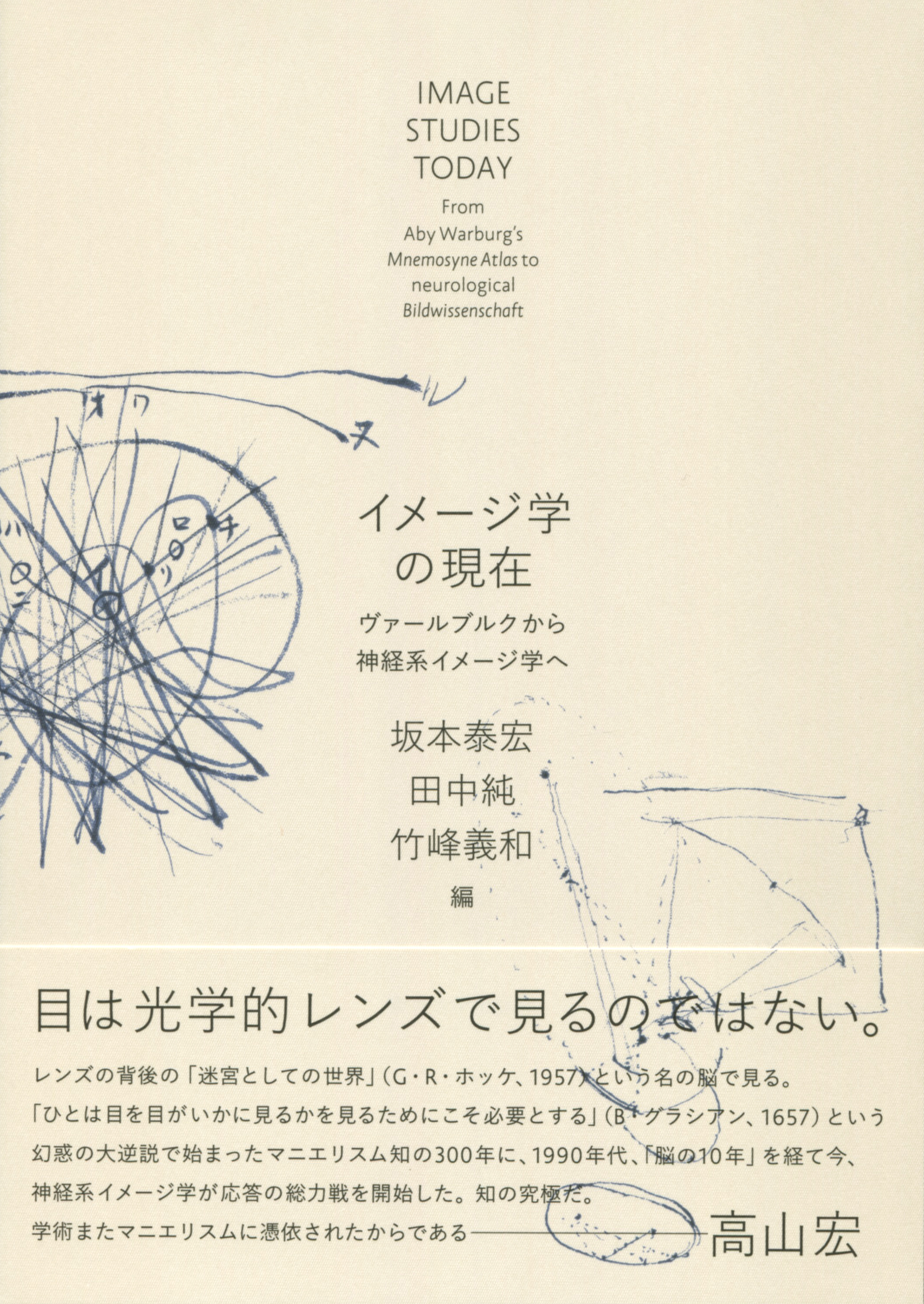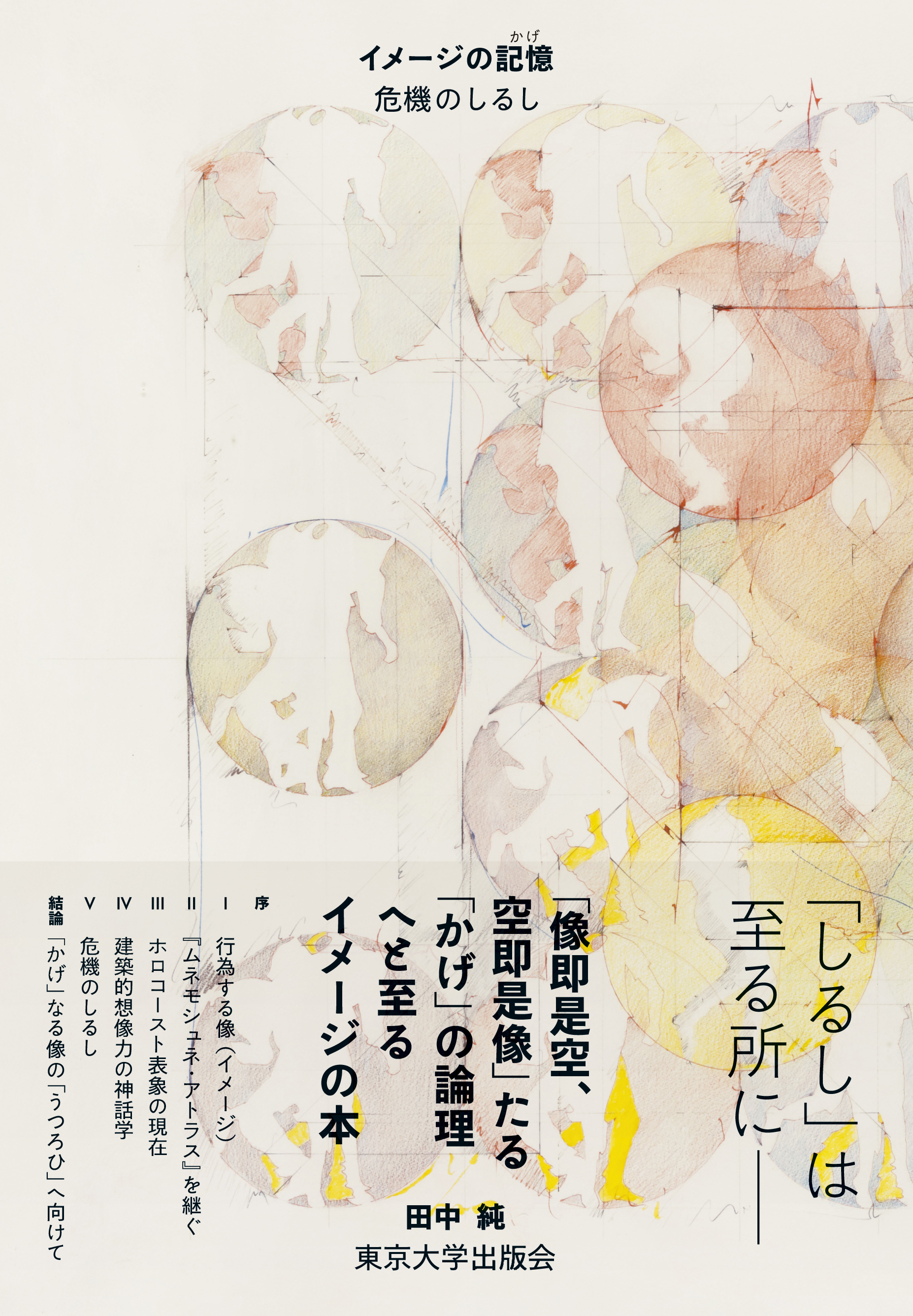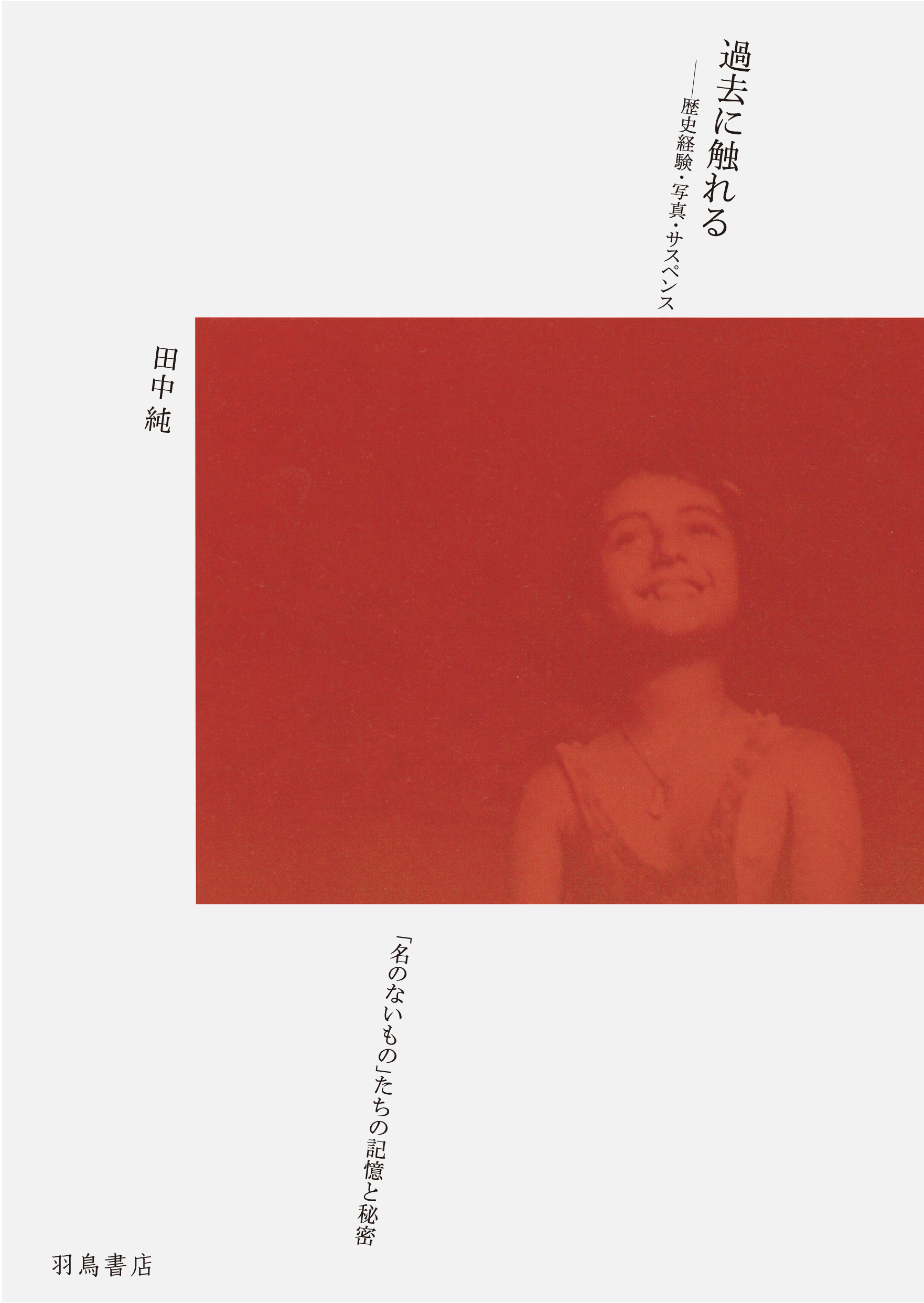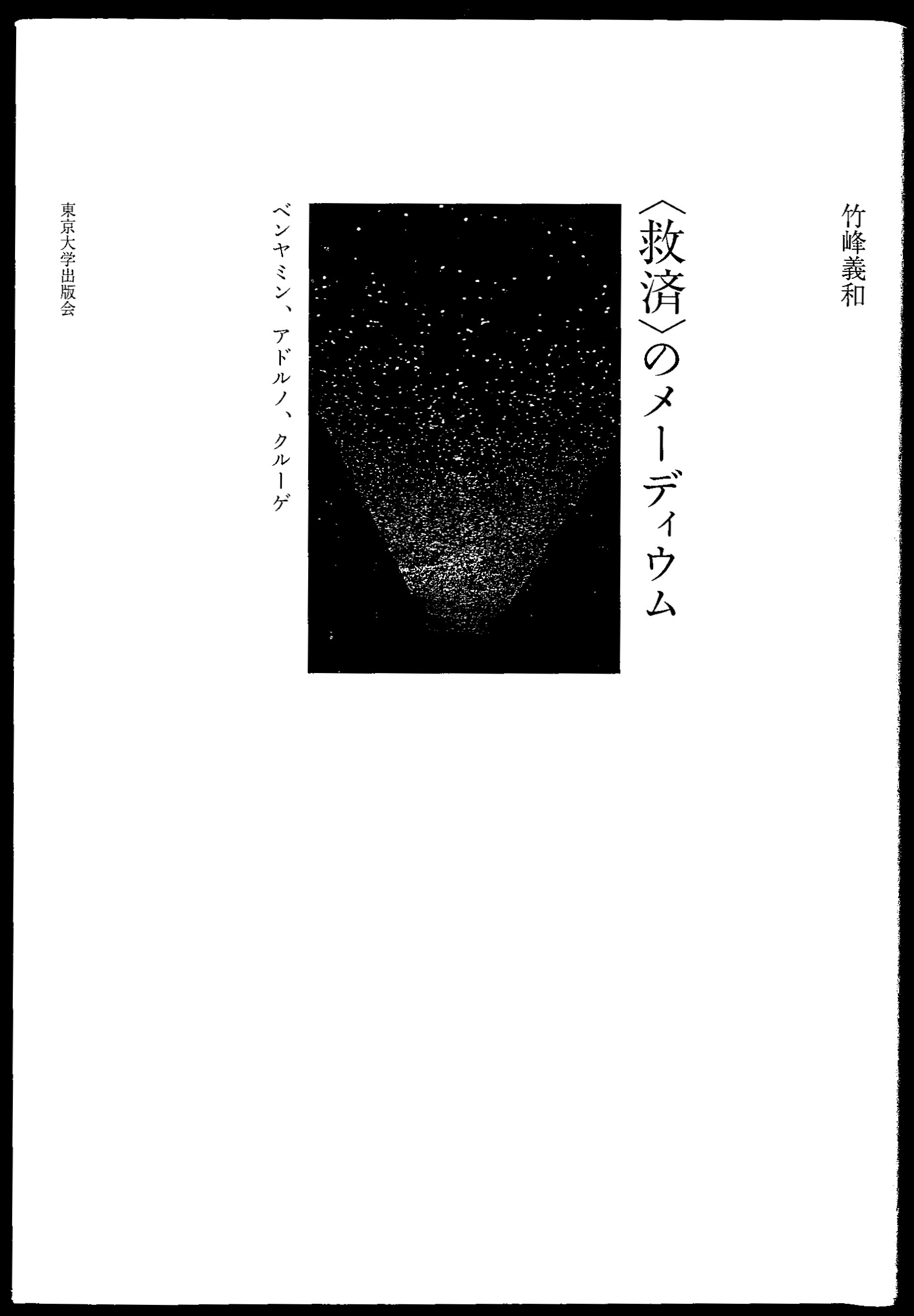
Title
Imeji gaku no genzai (Image Studies Today - From Aby Warburg's Mnemosyne Atlas to neurological Bildwissenschaft)
Size
550 pages, A5 format
Language
Japanese
Released
April 26, 2019
ISBN
978-4-13-010140-0
Published by
University of Tokyo Press
Book Info
See Book Availability at Library
Japanese Page
This book is a compilation of writings focusing on an area of image studies known in German-speaking regions as Bildwissenschaft. This is a new field that is opening up fresh perspectives on the study of image phenomenon. The book includes discussions and interviews with pioneers and up-and-coming researchers in the field that help to give a broad perspective on the subject, as well as essays by a number of Japanese authorities—specialists in a wide range of subjects including comparative art history, photography and animation research, and media theories—who productively dissect the mechanisms of the discipline.
Horst Bredekamp, a leading authority on Italian art history and a driving force in image studies, is interviewed in the first part of the book. He notes that Bildwissenschaft differs from the visual studies in the UK as well as the US. Rather than being a discipline separate from that of traditional art history, it is actually a product of the expansion, development and deepening of the fields and methods employed in art history. It was between the nineteenth and twentieth centuries that art history was established as an academic discipline in the German-speaking regions, and it is the critical examination and re-interpretation of this tradition in the German-speaking countries that has led to the transformation known as Bildwissenschaft.
One product of this art history tradition was the work of Aby Warburg who is cited in the subtitle to this book. Warburg is often said to be the originator of iconology and in recent years has gained renewed attention, not only in German-speaking regions, but the rest of the world as well, for his other areas of pioneering work, such as in the anthropology of images. This book starts with research related to Warburg in his role as one of the originators of image studies and extends to an examination of the trends in neurological image studies that bring together empirical science, art and art history. The content of this book has been selected to provide a broad perspective of the history of image studies and its potential for its future development.
With this objective in mind, the book has been divided into five parts. Part 1 traces the sources of image studies, Part 2, the relationship between body and image, Part 3, the image-specific knowledge that acts through form, Part 4, the image-mediated interplay of natural science and art aesthetics, and Part 5, the state of neurological and empirical aesthetics and the future of image studies.
Lastly, I would like to touch on two images that are particularly suitable, I believe, to the symbolic imagery of this book as a piece of woven fabric. One is the diagram in the Chapter 11 essay by Inaga Shigemi of the slime mold discovered by the Japanese biologist, naturalist and ethnologist, Minakata Kumagusu. The other appears in the Chapter 15 essay by Horst Bredekamp and is a photograph of biofilm taken by a researcher studying bacteria. The commonality and differences of these two images seem apt representations of the fundamental essence of image studies. The reader is certain to discover a network of similar subtle connections throughout this book.
Image studies transcend conventional academic boundaries, and like the slime mold referred to above, is forever moving and changing shape as it grows and matures. It is my hope that the reader will find that this book provides a map of the novel and adventurous ideas surrounding the concept of image.
(Written by TANAKA Jun, Professor, Graduate School of Arts and Sciences / 2019)



 Find a book
Find a book







